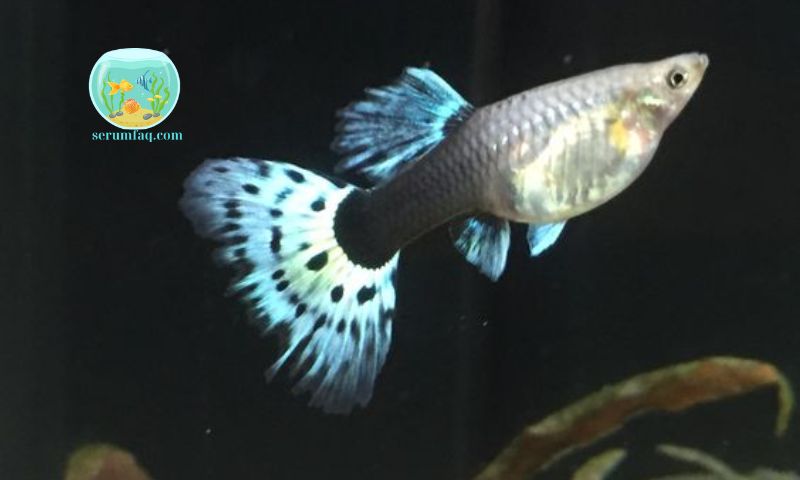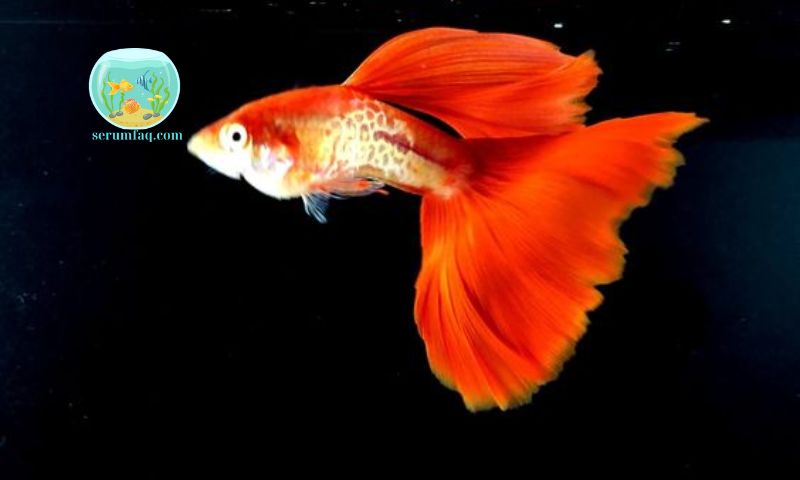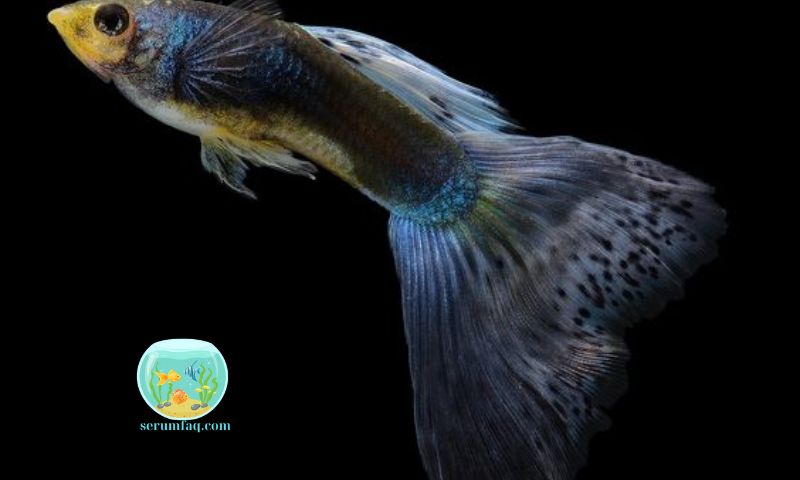Guppies, known for their vibrant colors and lively behavior, are popular among aquarium enthusiasts. Breeding guppies can be a rewarding experience, but it requires careful attention and preparation. Recognizing the signs that guppies are about to give birth is crucial for ensuring the health and safety of both the mother and her fry. In this article, we will explore the key indicators that your guppy is nearing the end of her pregnancy and how to prepare for the arrival of the new fry.
1. Understanding Guppy Pregnancy

Guppies are livebearers, meaning they give birth to live young rather than laying eggs. The gestation period for a guppy typically ranges from 21 to 30 days, depending on various factors such as water temperature and the health of the fish. During this time, it’s essential to monitor your guppy closely to ensure she receives the proper care.
To identify a pregnant guppy, look for a noticeable enlargement of the abdomen. As the pregnancy progresses, the abdomen will continue to swell, indicating that the fry are developing inside. Another telltale sign is the appearance of a dark spot near the anal vent, known as the gravid spot. This spot will darken as the pregnancy advances, providing a visual cue that the birth is approaching.
2. Key Signs That Guppies Are About to Give Birth

Recognizing the signs that guppies are about to give birth can help you take the necessary steps to ensure a smooth birthing process. Here are the key indicators:
a. Enlarged Abdomen
One of the most noticeable signs that guppies are about to give birth is an enlarged abdomen. As the fry grow inside the mother, her belly will become increasingly swollen. This change is more pronounced in pregnant guppies compared to non-pregnant ones. Observing the size and shape of your guppy’s abdomen can provide valuable insights into her pregnancy status.
b. Darkened Gravid Spot
The gravid spot, located near the anal vent, is a crucial indicator of a guppy’s pregnancy. This spot, which starts as a faint mark, will darken and become more prominent as the guppy gets closer to giving birth. The darkening of the gravid spot is caused by the developing fry pressing against the mother’s body, making it easier to see.
c. Squared Off Belly
As the birth approaches, the guppy’s abdomen may take on a more squared-off appearance. This change in shape is due to the positioning of the fry inside the mother. When you notice that your guppy’s belly looks less rounded and more angular, it’s a strong sign that she is nearing the end of her pregnancy.
d. Changes in Behavior
Behavioral changes are another significant indicator that guppies are about to give birth. Pregnant guppies often exhibit nesting behavior, such as seeking out hiding spots and spending more time near the bottom of the tank. Increased restlessness and frequent hiding are common as the guppy prepares for the birthing process. Monitoring these behavioral shifts can help you anticipate the birth.
e. Reduced Appetite
In the days leading up to the birth, pregnant guppies may exhibit a reduced appetite. This decrease in food intake is a natural response as the mother’s body focuses on the birthing process. While it’s essential to continue offering food, be prepared for the possibility that your guppy may eat less than usual.
3. Preparing for the Birth

Proper preparation is crucial to ensure a safe and successful birth for your guppy and her fry. Here are some steps you can take:
a. Setting Up a Breeding Tank
One of the best ways to protect the pregnant guppy and her fry is by setting up a separate breeding tank. This tank should be equipped with plenty of hiding spots, such as plants and decorations, to provide a safe environment for the mother and her newborns. Using a breeding trap or net can also help keep the fry safe from adult guppies and other tank mates.
b. Monitoring the Guppy
Keep a close eye on your pregnant guppy’s health and behavior. Regular monitoring will help you identify any signs of stress or complications. If you notice any unusual symptoms, such as lethargy or rapid breathing, it may be necessary to consult a veterinarian or an experienced aquarist for advice.
4. Caring for Guppy Fry
Once the fry are born, it’s essential to provide them with the proper care to ensure their survival and growth. Here are some tips:
a. Immediate Post-Birth Care
After the birth, ensure that the fry have plenty of hiding spots to avoid predation by adult guppies. Fine-leaved plants and breeding nets can offer excellent protection. Remove the mother from the breeding tank if possible to prevent her from eating the newborn fry.
b. Feeding and Nutrition
Feeding the fry a nutritious diet is crucial for their development. Start by offering them finely crushed flakes, baby brine shrimp, or specialized fry food. Feed them small amounts several times a day to ensure they receive the necessary nutrients without overfeeding.
c. Preventing Predation
To prevent predation, keep the fry in a separate tank or use a breeding net within the main tank. This separation will allow the fry to grow without the threat of being eaten by adult guppies or other fish. As the fry grows and becomes stronger, you can gradually introduce them to the main tank.
Conclusion
Recognizing the signs that guppies are about to give birth is essential for providing the necessary care and ensuring the safety of both the mother and her fry. By paying attention to physical changes such as an enlarged abdomen, a darkened gravid spot, a squared-off belly, and behavioral shifts like nesting and reduced appetite, you can anticipate the birth and take appropriate measures. Setting up a breeding tank, monitoring the guppy’s health, and providing proper care for the newborn fry will help ensure a successful breeding experience.

